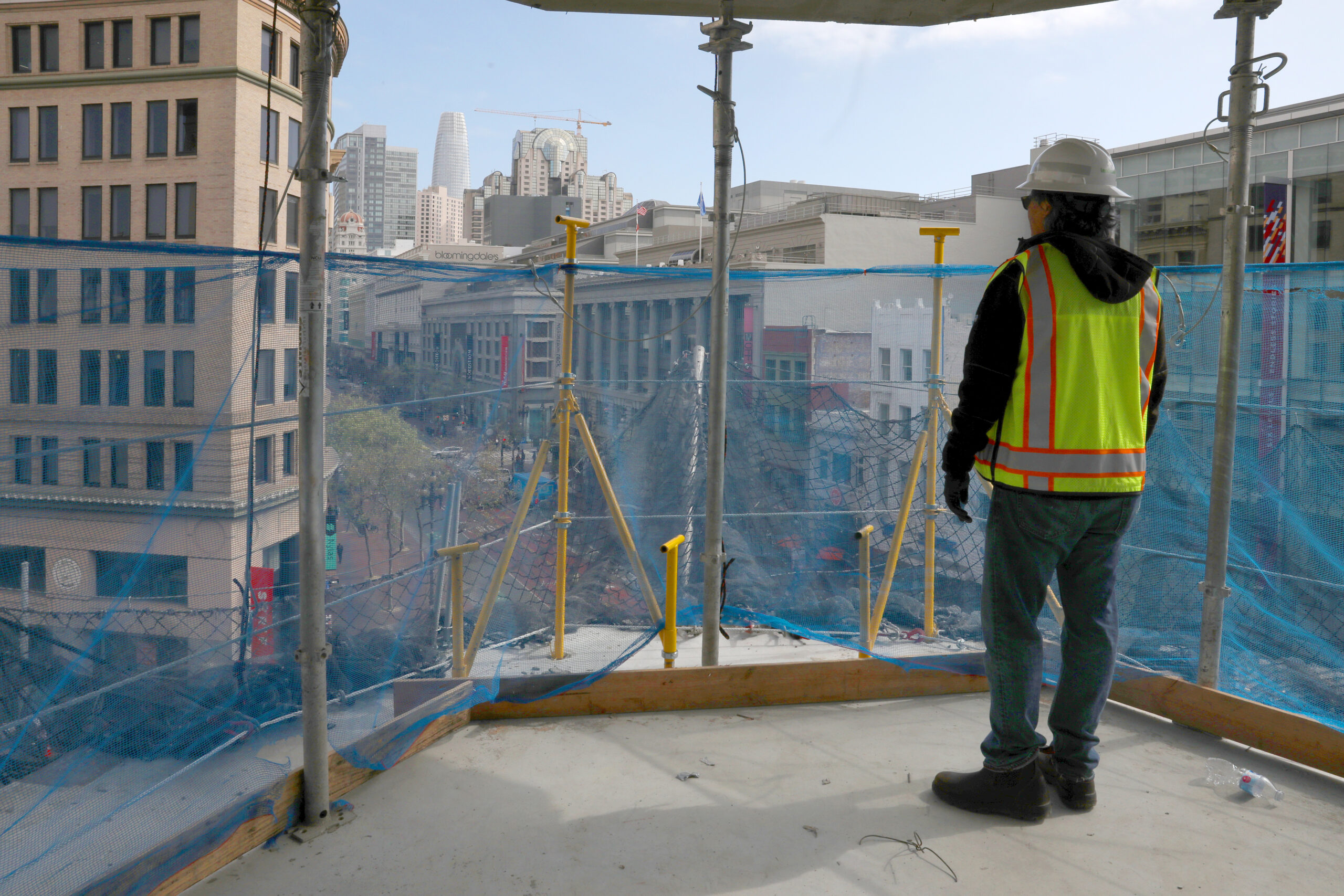It’s crunch time at the San Francisco Planning Department amid a looming deadline to submit a housing plan and new details on the requirements suggest that the city could face penalties starting as soon as February 2023.
Last week, planning department officials received what they said was new guidance from the state’s Housing and Community Development department (HCD), which said that the city must have a compliant Housing Element—a state-mandated housing plan that’s updated every eight years—by Jan. 31, 2023, if the city wants to avoid “the builder’s remedy,” or a temporary loss of power to deny new projects due to zoning inconsistencies.
That’s four months sooner than the city was planning for—and could mean that the planning department has time for just one more draft of the housing plan if it wants to get it certified before the deadline. In a statement, City Attorney spokesperson Jen Kwart wrote that the city is still evaluating the schedule.
The news prompted a slew of gleeful remarks among housing advocates on Twitter, some of whom pointed to Santa Monica, where the builder’s remedy kicked in after the city fell out of state housing compliance.
But the builder’s remedy isn’t the only consequence of failing to submit a compliant Housing Element in time. If it doesn’t get the state’s rubber stamp by May 31, San Francisco stands to lose state grants for things like transportation and affordable housing, and would have to speed up its proposed rezonings.
“We are not interested in a gotcha exercise here,” said Megan Kirkeby, HCD’s deputy director of housing policy development. “What we want to do is give [San Francisco] a path out of their very concerning and troubling problem.”
In the background is a state investigation into San Francisco’s housing policies, an effort that’s led by HCD and backed by Attorney General Rob Bonta.
State housing officials told The Standard that the investigation is in a preliminary phase, with the housing department in the process of gathering facts and interviewing developers and advocates. HCD and the city’s planning department have held only one formal meeting on Aug. 22 about the investigation.
According to Kirkeby and David Zisser, assistant deputy director for HCD’s Local Government Relations and Accountability unit, the state will evaluate San Francisco both from a policy and legal standpoint. But rather than bringing down the hammer of the state Attorney General’s Office, the goal is to help San Francisco course correct.
At an Oct. 20 Planning Commission meeting, city planner Maia Small confirmed that the Planning Department plans to accelerate its timeline to meet the Jan. 31 deadline—though some members of the commission were none too pleased.
“Frankly it feels outrageous,” said commissioner Sue Diamond at the meeting. “Having this last-minute deadline imposed on us feels so unfair.”
This latest draft of the Housing Element includes several changes, including a deeper analysis of sites already available for new housing and a dive into the constraints to building housing in the city as well as potential solutions.
It also includes three options for rezoning to help meet the 82,000-unit goal handed down by the state and plans to rezone the west side to allow 34,000 units, which is 11,000 more units than it estimated in the last draft. Before heading to the state’s desk, the Housing Element must get approved at the Planning Commission and the 11-member Board of Supervisors.
The draft also factors in the city’s current effort to allow fourplexes, which finally passed out of committee earlier this month and is on track to head to the full Board of Supervisors.
“Certainly fourplexes and then six units on corner lots is part of the proposal on the west side,” Hillis said. “But I think where we can get a significant number of new units are along commercial corridors on the west side.”
Those units are much needed.
San Francisco’s housing pipeline is drying up, with just half the 10-year average of new units on track to be permitted this year. Developers blame the city’s unusually slow and often fickle permitting timelines, which add costs and uncertainty to housing projects. Some builders have left the city entirely, even for smaller markets like South San Francisco.
“It’s really disappointing,” said David Blackwell, a local land use attorney. “When I have out-of-state or out-of-country developer clients who are asking what geographic markets they should look to develop—whether it be [research and development] or housing or office, I rarely recommend San Francisco.”
